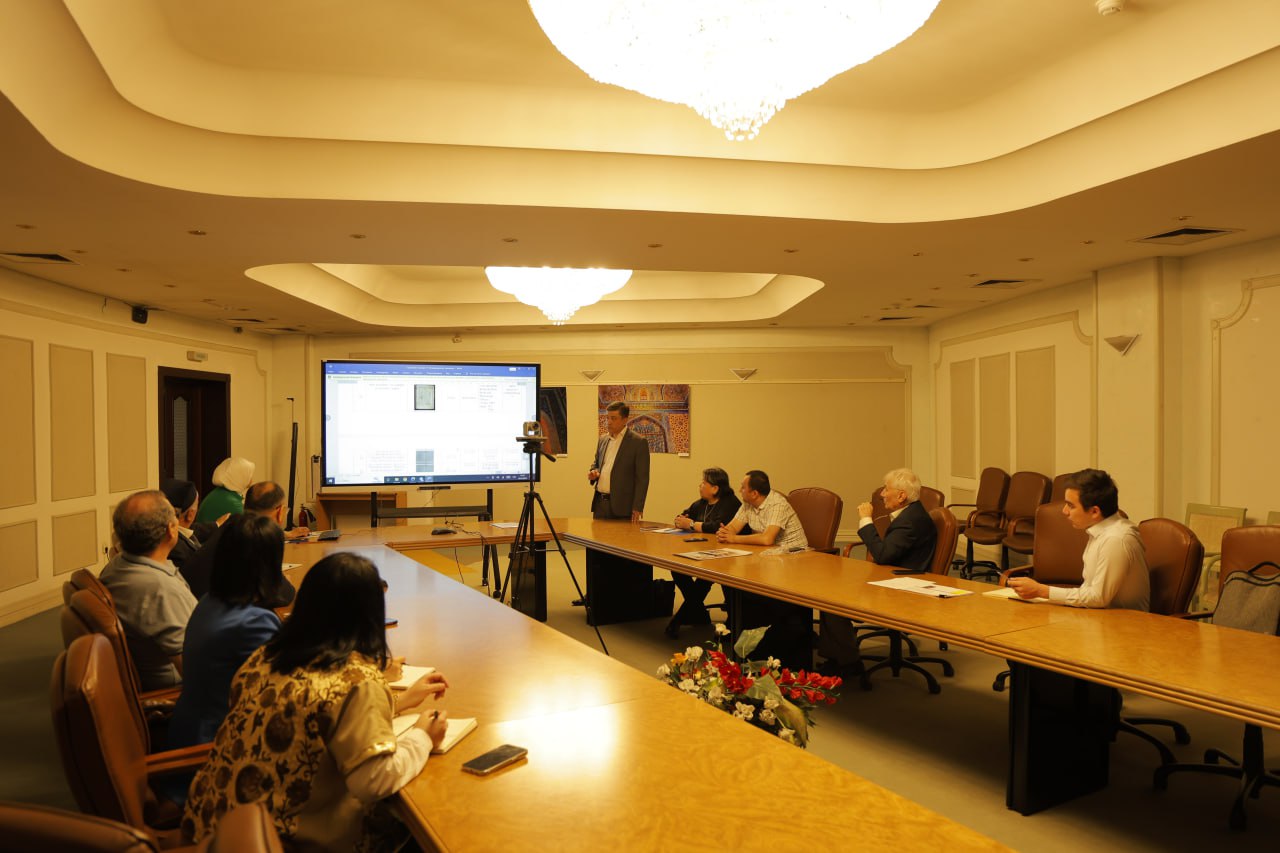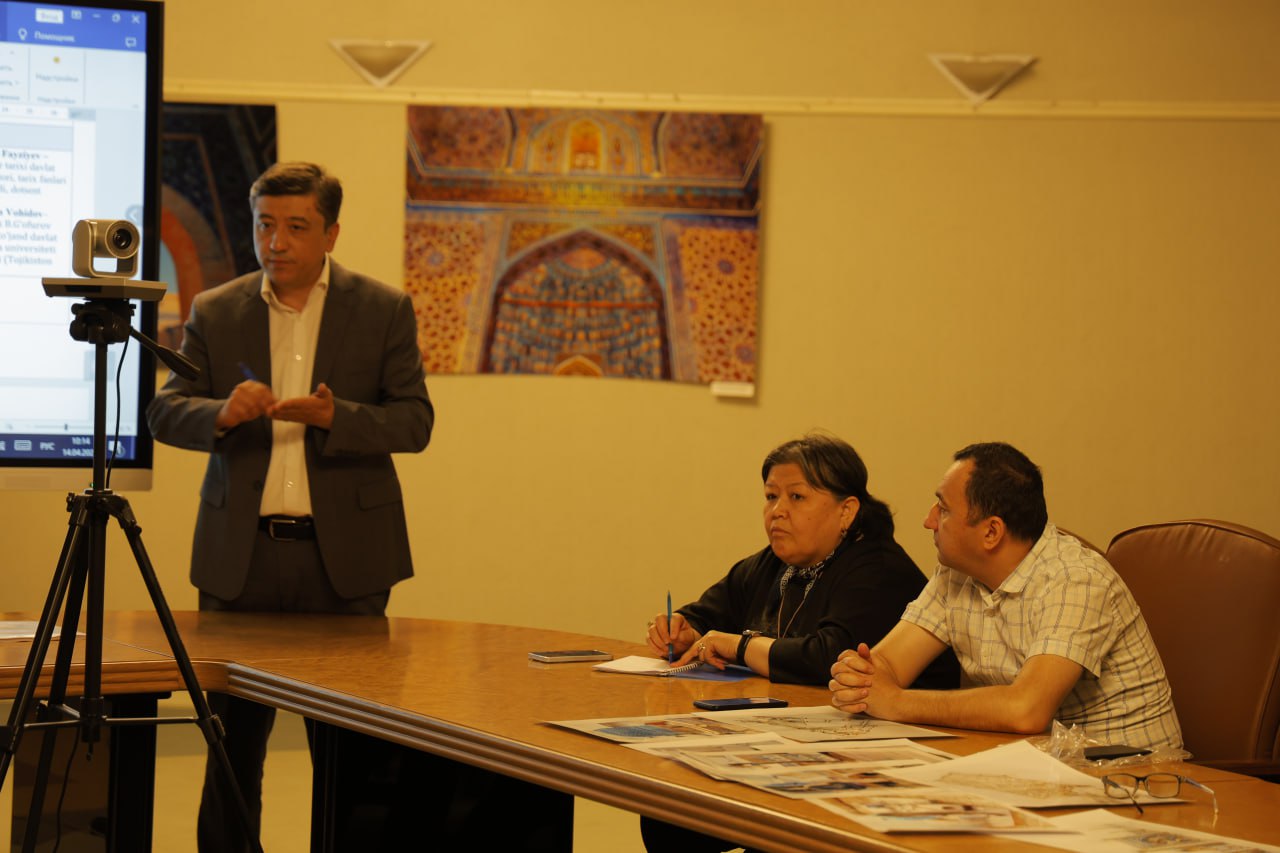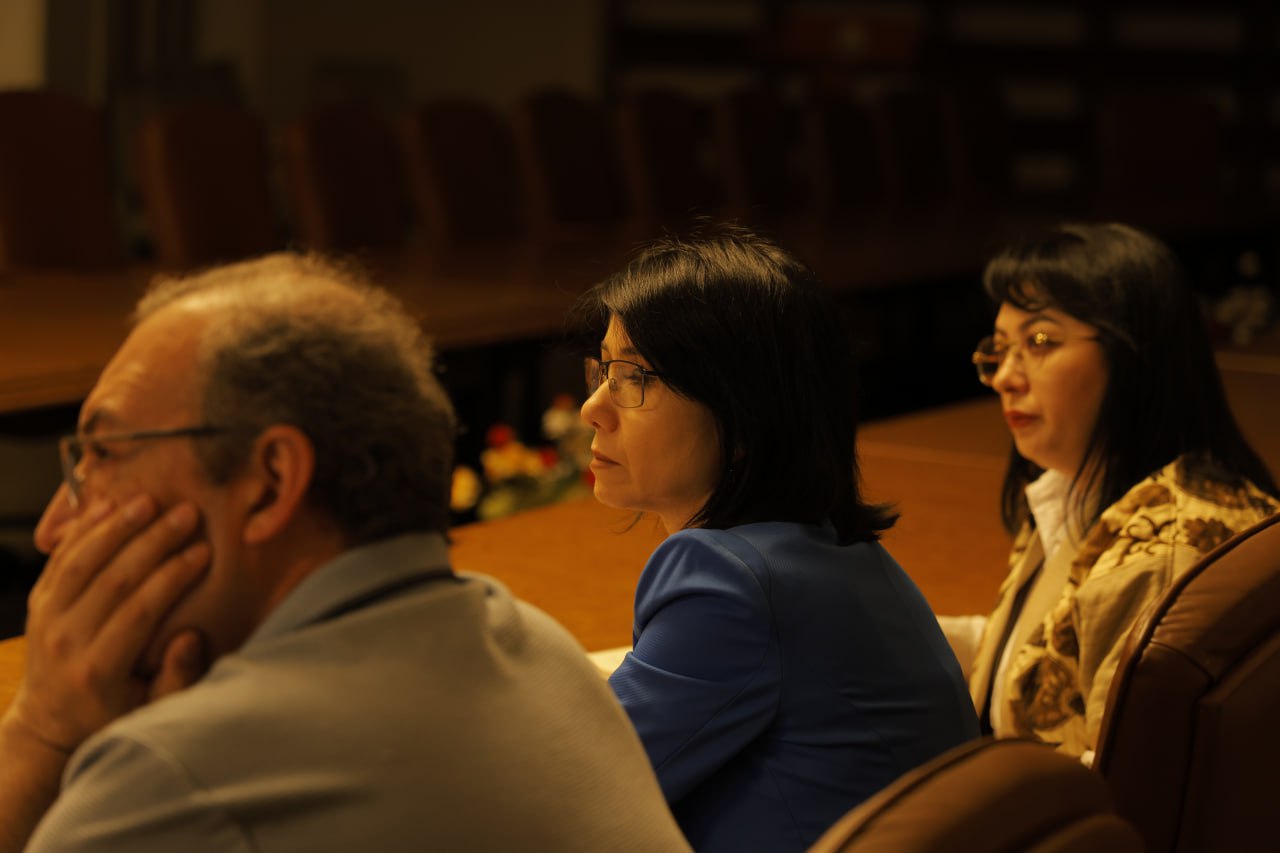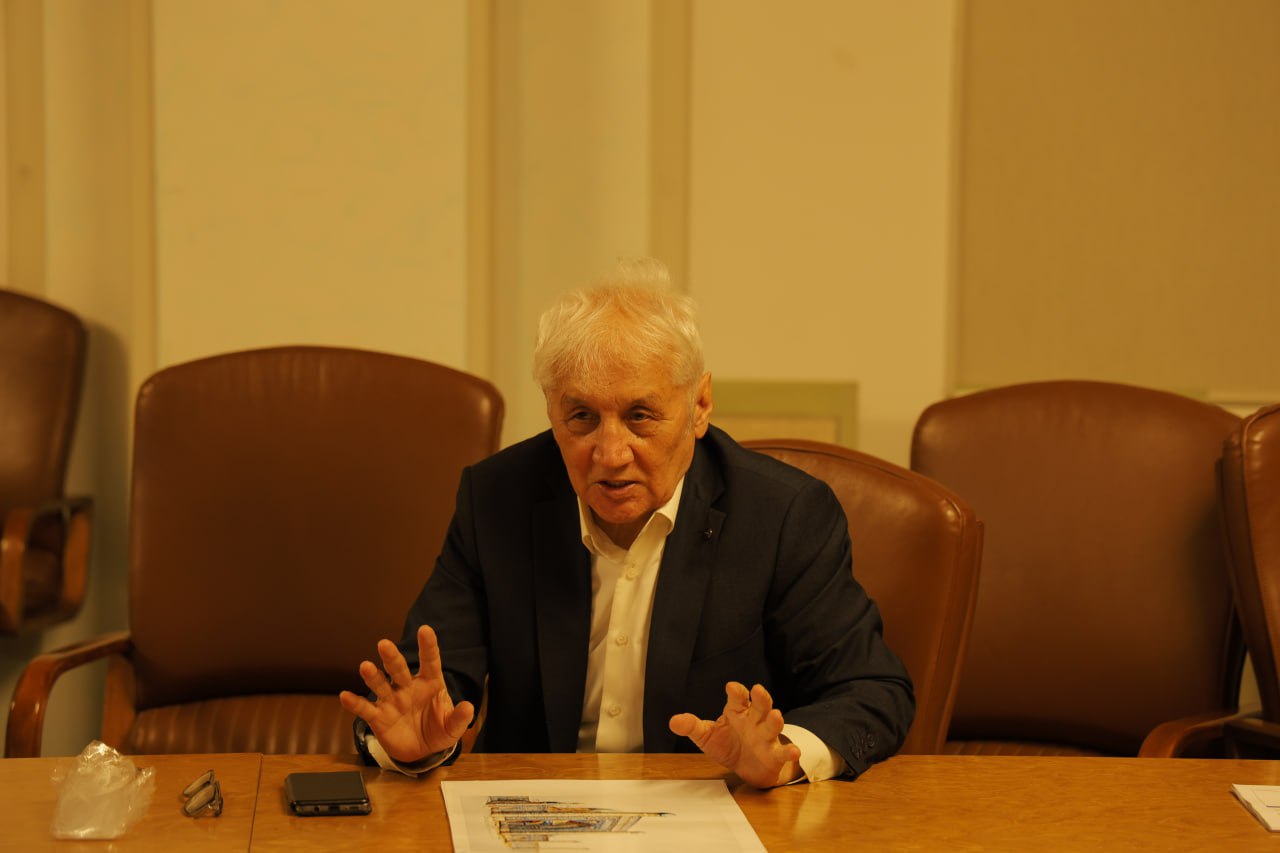The Historical Image of Amir Temur Will Be Presented as a Hologram in the Center's Exhibition
A significant meeting was held at the State Museum of the History of the Timurids with the participation of specialists, scholars, and project leaders working in fields such as history, literature, art, and architecture.
The purpose of the meeting was to further improve the “Second Renaissance” exhibition project being developed at the Center for Islamic Civilization in Uzbekistan, enrich it through modern approaches, and deepen its content.
During the session chaired by the project leader Khurshid Fayziyev, the following topics were thoroughly discussed:
- the main concept of the exhibition;
- presentation of historical figures;
- collaborative solutions with foreign designers;
- scientific approaches and the harmony of architectural design.
The “Second Renaissance” exhibition will showcase:
- the historical image and portrait of Amir Temur;
- the legacy of Timurid princes — Shahrukh, Husayn Bayqaro, and Zahiriddin Muhammad Babur;
- copies of the Holy Qur’an, hadith studies, Islamic jurisprudence, and literary sources;
- the architecture of madrasahs and mosques, miniature art, and written records;
- the works of scholars, writers, historians, and hadith experts of that era.
Burobiya Rajabova, leading researcher at the Institute of Uzbek Language, Literature and Folklore of the Academy of Sciences of Uzbekistan and candidate of philological sciences, shared her thoughts on the project:
“In my opinion, among the representatives of the Timurid dynasty, it was Zahiriddin Muhammad Babur who first paid deep attention to the image of Amir Temur and proudly recorded historical information about him.
In his work Baburnama, Babur presents 31 separate pieces of information about Amir Temur. Every sentence reflects pride, admiration, and a spiritual connection. That is why I confidently call him the first researcher of Amir Temur.
However, it is interesting that in these 31 mentions, Babur does not provide any description of Amir Temur’s appearance or portrait. Yet, in the same work, he does describe the appearances of other Timurid rulers, such as his father Umar Shaykh and Sultan Husayn Bayqaro.
While studying this detail, I came across the book History of Samarkand, compiled under the editorship of academician Ibrohim Muminovich. In this work, historical sources dedicated to Amir Temur are deeply analyzed, and based on them, his image and portrait are verbally reconstructed.
In addition, Amir Temur’s majestic appearance is repeatedly depicted in various miniature artworks. Each image embodies courage, sovereignty, and greatness.
Today, we are joyfully witnessing how, in the Second Renaissance exhibition being created at the Center for Islamic Civilization, the historical image of Amir Temur is being reconstructed for the first time based precisely on these sources. Following his image, the lives and works of Timurid princes — Shahrukh, Husayn Bayqaro, and Babur — as well as the legacy of their contemporary scholars, writers, historians, and hadith experts will be presented in sequence.
This is not only the restoration of historical truth, but also an important step toward presenting our great ancestors to today’s generation in a modern form.”
Most read

Over 100 experts from more than 20 countries of the world are in Tashkent!

President of Serbia Aleksandar Vučić visited the Islamic Civilization Center in Uzbekistan

The Center for Islamic Civilization – a global platform leading towards enlightenment















